Radha Krishna Images 1
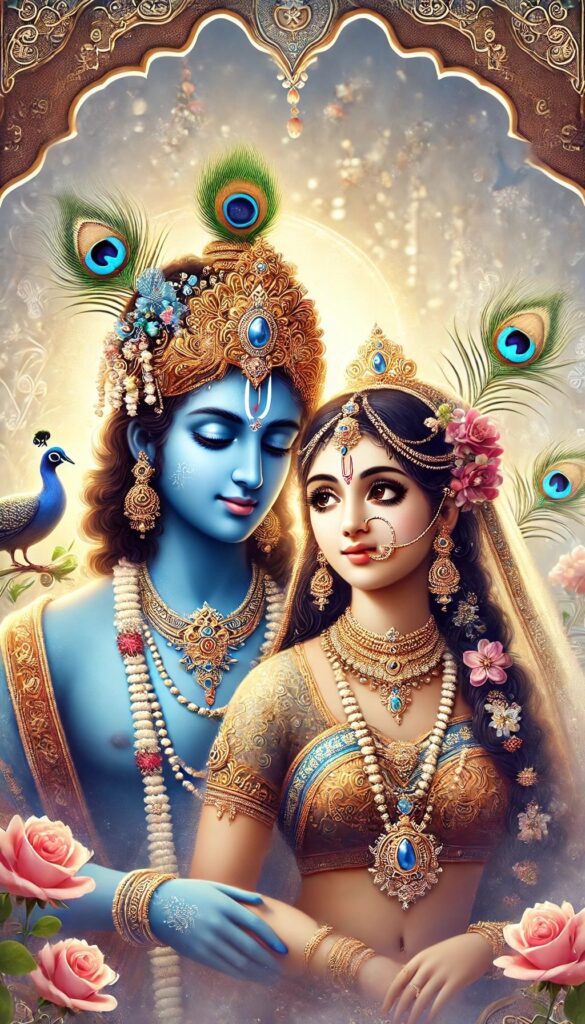
Radha Krishna Images 2
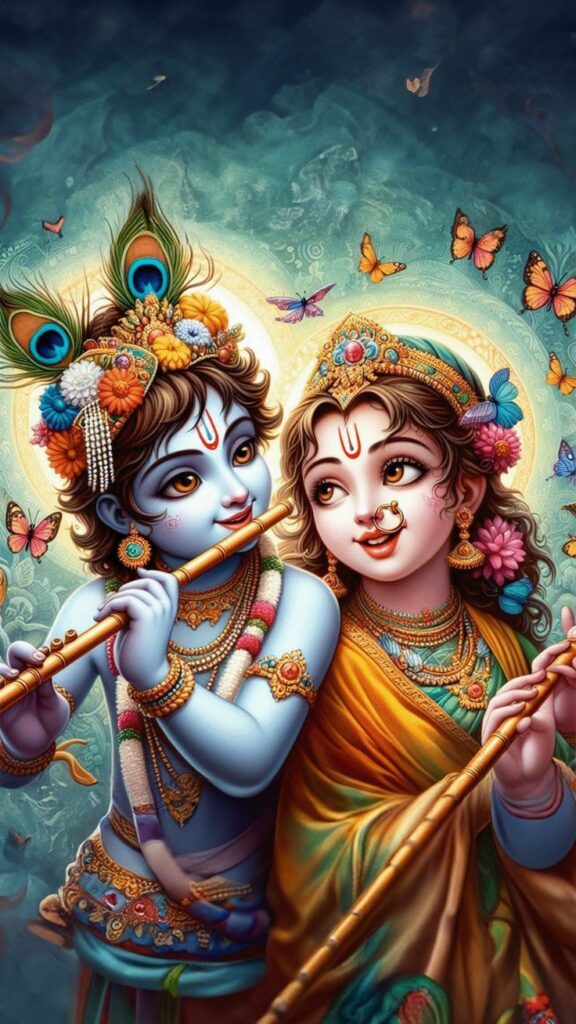
Radha Krishna Images 3
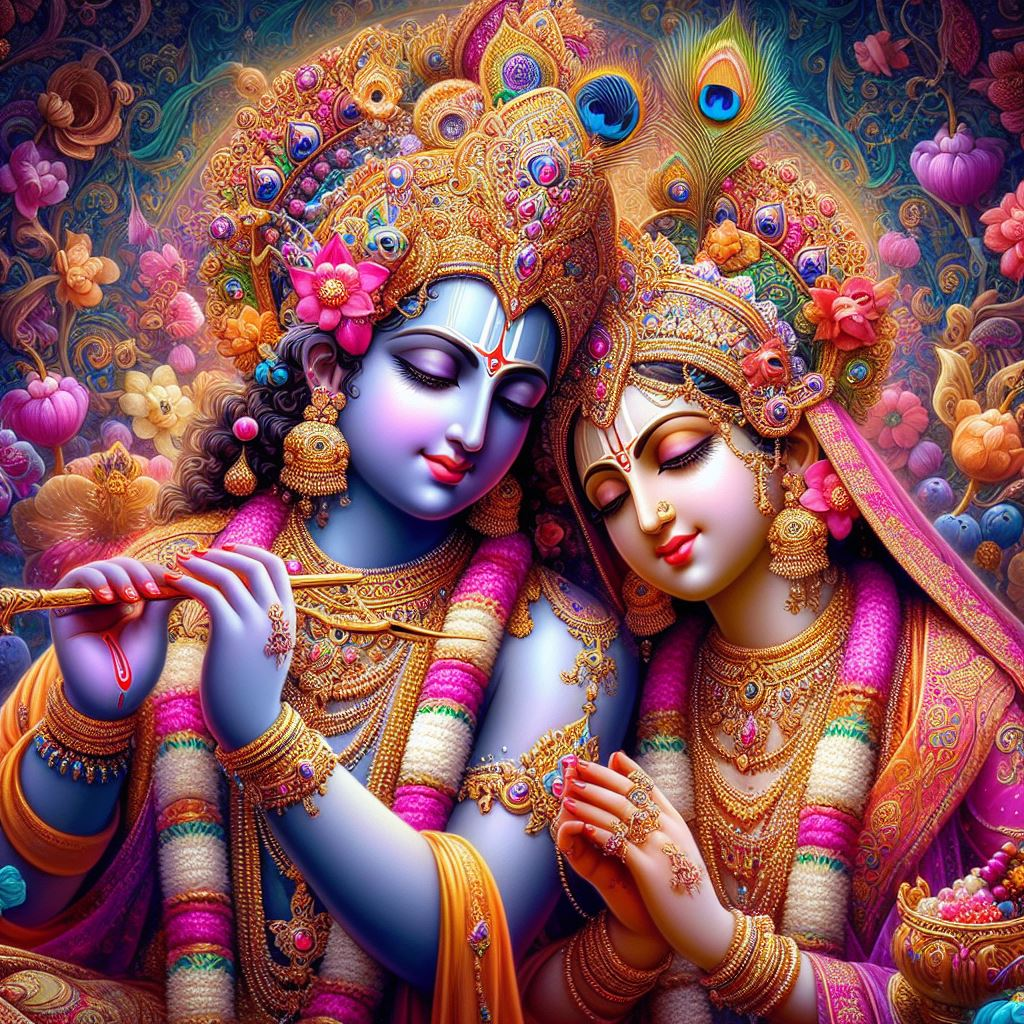
Radha Krishna Images 4
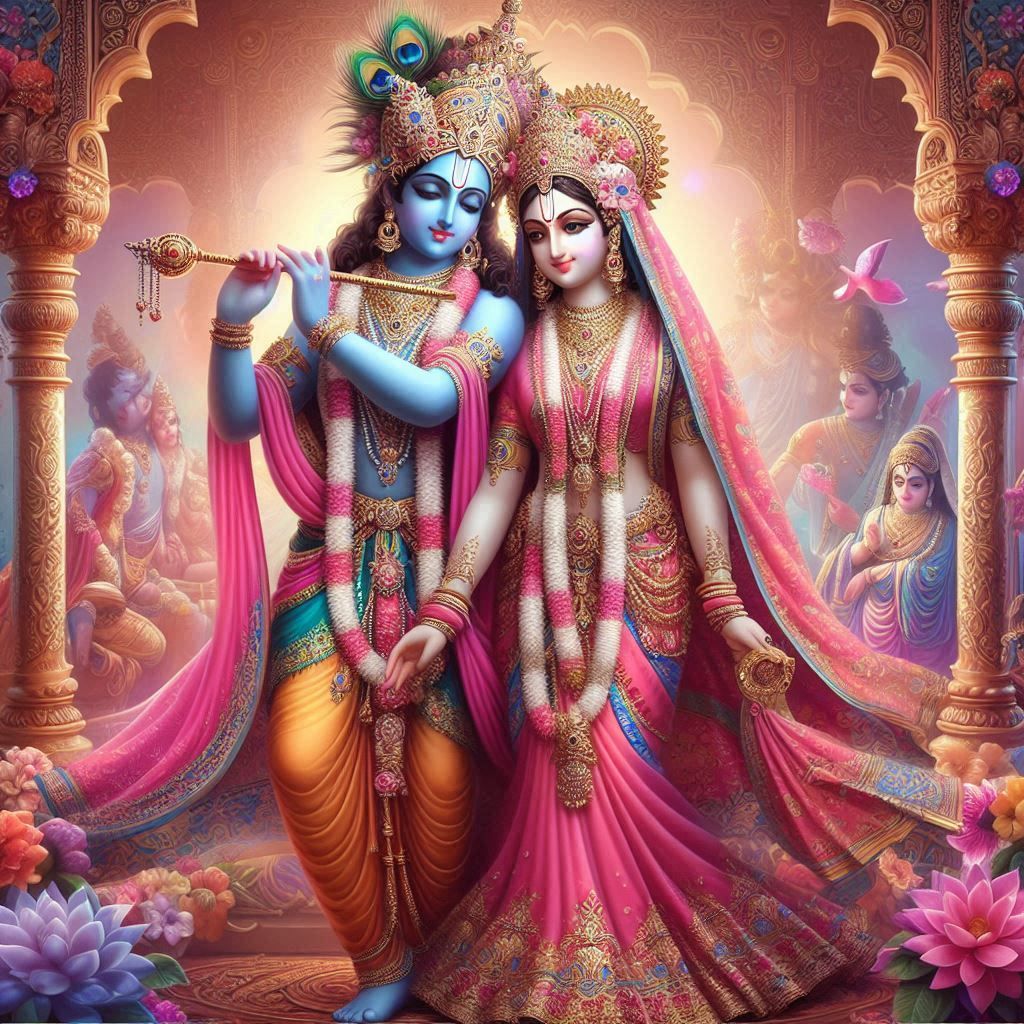
Radha Krishna Images 5
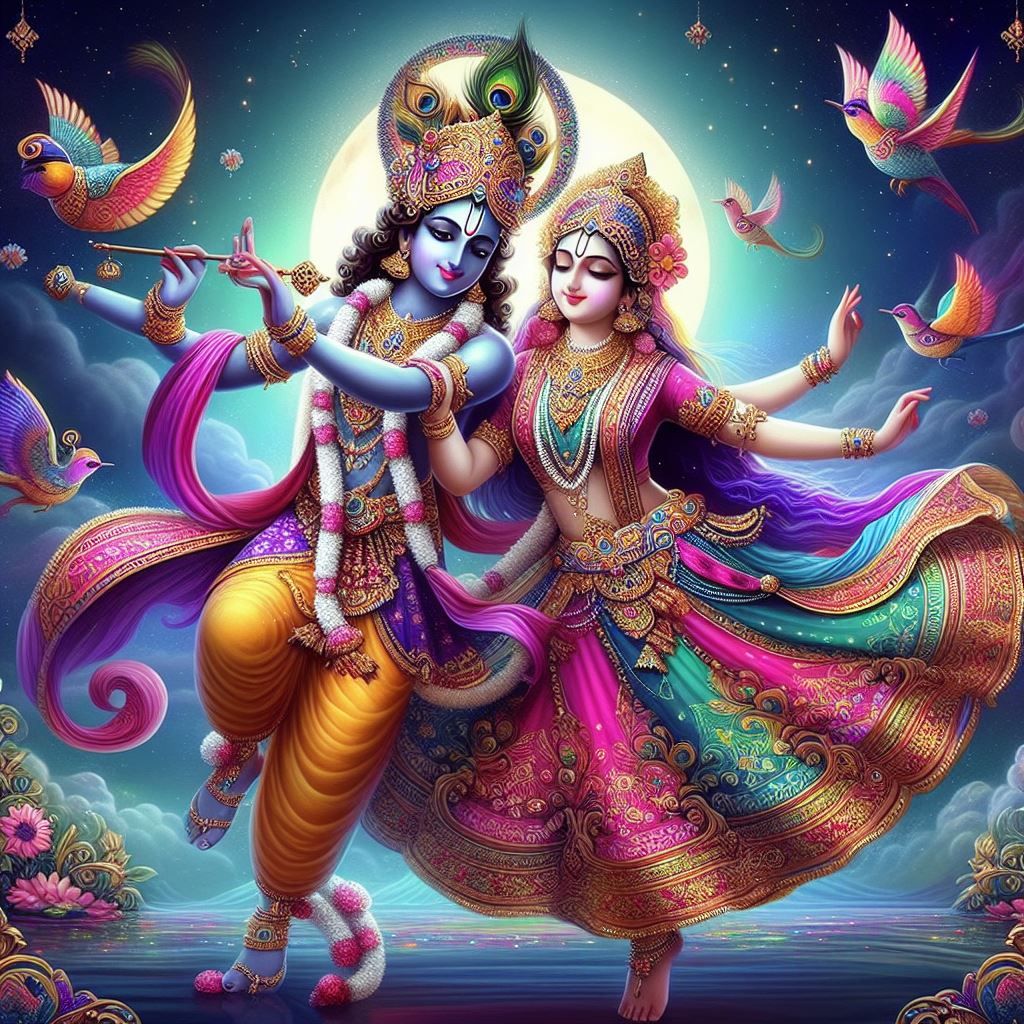
Radha Krishna Images 6

Radha Krishna Images 7
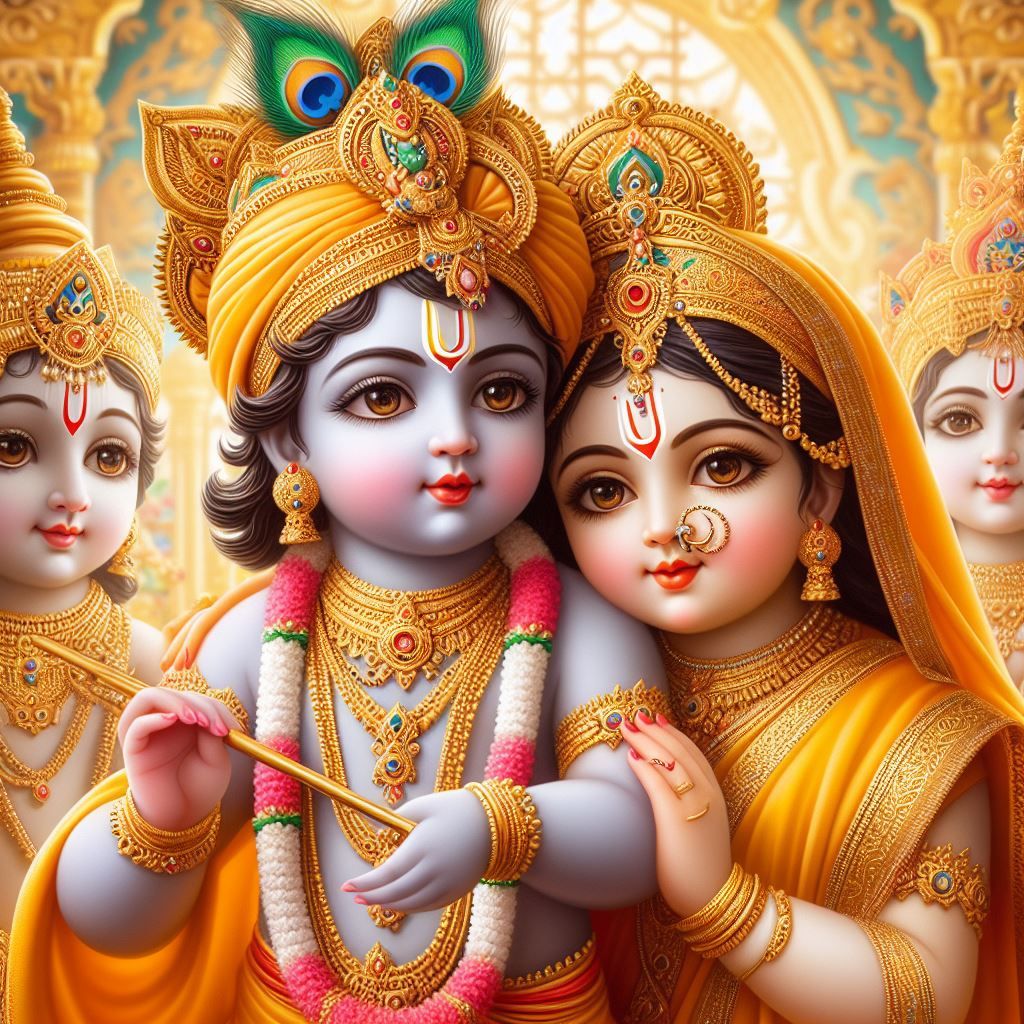
Radha Krishna Images 8
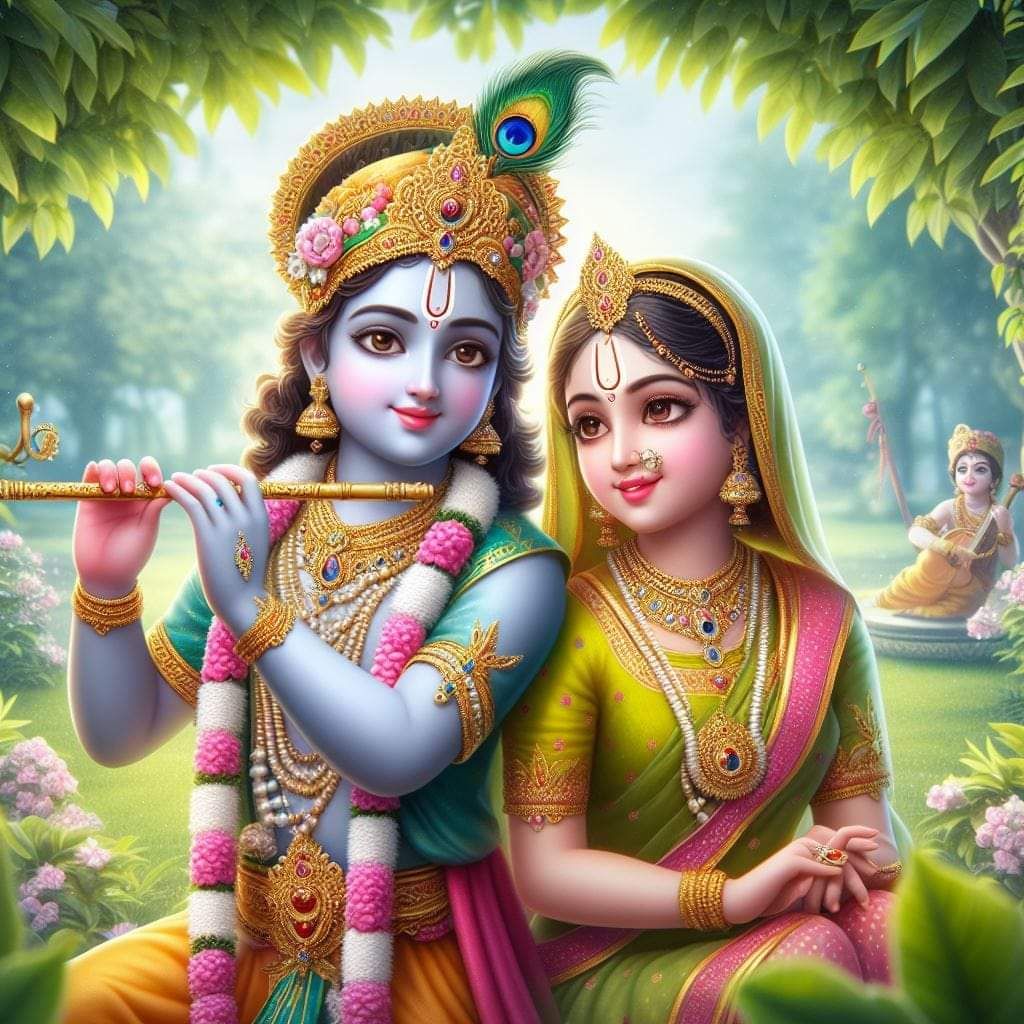
Radha Krishna Images 9
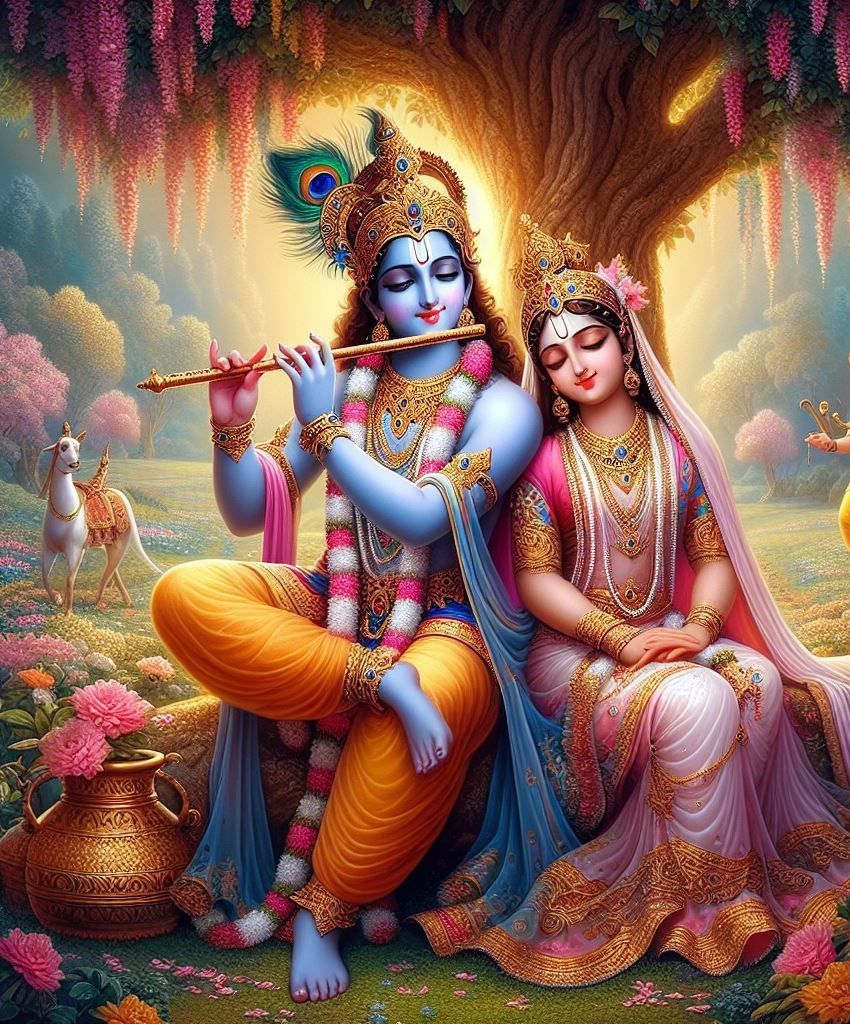
Radha Krishna Images 10
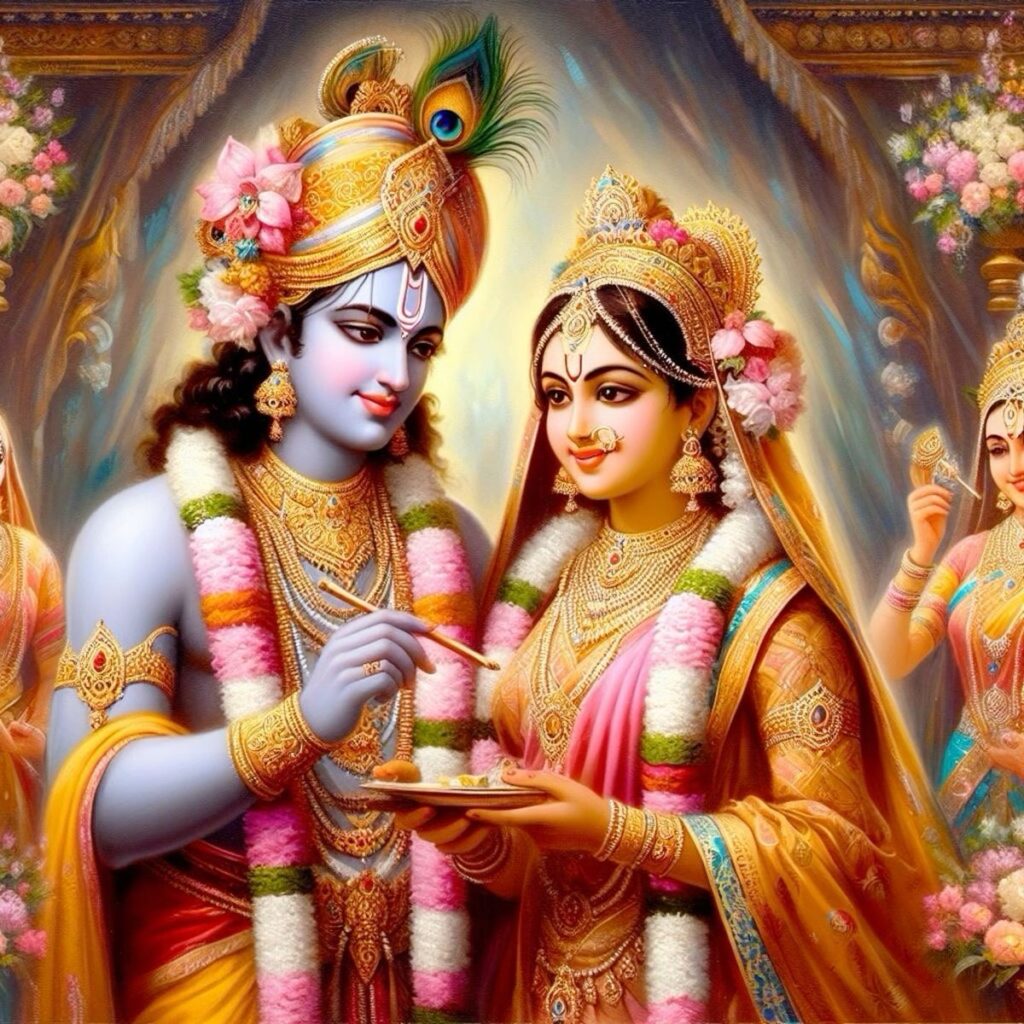
In the realm of Hindu spirituality and art, the images of Radha Krishna stand out as symbols of divine love, devotion, and eternal togetherness. The visual representation of Radha and Krishna is more than just an aesthetic experience; it is an immersion into one of the most sacred relationships described in Hinduism. These images capture not only the romance between Radha and Krishna but also the metaphysical bond between the soul (Atma) and the Supreme Being (Paramatma).
This article will explore the depth, meaning, and evolution of Radha Krishna images, their significance in devotion, art, and culture, and how they continue to inspire millions today. We’ll also delve into how modern technology has transformed the way we engage with and share these images, particularly in the digital age.
Contents
- 1 The Timeless Appeal of Radha Krishna Images
- 2 The Symbolism Behind Radha Krishna Images
- 3 Radha Krishna in Hindu Mythology
- 4 The Evolution of Radha Krishna Images in Art
- 5 Radha Krishna Images in Devotional Practices
- 6 The Digital Era: Radha Krishna Images Online
- 7 The Diversity of Radha Krishna Images
- 8 Conclusion: The Eternal Resonance of Radha Krishna Images
The Timeless Appeal of Radha Krishna Images
The images of Radha and Krishna are omnipresent in Hindu homes, temples, and public spaces. They serve as visual reminders of the divine love story that has captured the imagination of devotees for millennia. Krishna, the playful and wise deity, and Radha, his most devoted consort, represent the perfect union of love, devotion, and spiritual yearning.
For many, Radha Krishna images offer a means of connecting with divinity. They represent not only romantic love but also the soul’s quest for union with the divine. This dual symbolism makes these images deeply resonant for spiritual seekers, artists, and devotees alike.
The Symbolism Behind Radha Krishna Images
Understanding the deeper meanings behind the images of Radha and Krishna can enrich one’s appreciation of these visual representations. Every element in these images carries a spiritual significance that transcends the mere depiction of two lovers.
Radha: The Embodiment of Devotion
Radha is not just any woman in Krishna’s life—she is often considered the embodiment of pure, selfless devotion (bhakti). Her love for Krishna goes beyond the physical realm and symbolizes the soul’s undying love for the divine. In many Radha Krishna images, Radha is depicted gazing at Krishna with intense longing, a reflection of the soul’s yearning to unite with the eternal.
Radha’s significance is so profound that in many devotional traditions, Krishna is incomplete without Radha. The term “Radha Krishna” is often used to describe a complete, inseparable unity, much like the relationship between the individual soul and the universal spirit.
Krishna: The Divine Lover and Guide
Krishna, in Radha Krishna images, is portrayed as the divine lover, playing his flute, often surrounded by nature, signifying his connection with the cosmos. His posture, expressions, and surroundings are all carefully crafted to depict his role as the supreme being who draws all souls toward him with the irresistible call of divine love.
Krishna’s flute is particularly symbolic. It represents the divine sound that calls out to every soul, just as his music enchanted Radha and the gopis (cowherd girls). In Radha Krishna images, the flute also stands for harmony, balance, and the cosmic order, all orchestrated by the divine hand of Krishna.
The Interaction Between Radha and Krishna
The central theme in Radha Krishna images is their interaction. Whether it’s Radha and Krishna dancing in the Rasa Lila or Radha looking on as Krishna plays the flute, the dynamic between them conveys deep emotional and spiritual truths. Their relationship exemplifies prema (divine love), which transcends the boundaries of the material world.
The interaction between Radha and Krishna can be interpreted in various ways—some see it as a metaphor for the eternal play between creation and dissolution, others as the dance of life and consciousness, while still others view it as the relationship between the human heart and God.
Radha Krishna in Hindu Mythology
The love story of Radha and Krishna has its roots in Hindu mythology, particularly in the Bhagavata Purana and various devotional texts. According to legend, Krishna spent his youth in the village of Vrindavan, where he became beloved by the gopis, particularly Radha. Despite being married to another, Radha’s love for Krishna was pure and unwavering, making her a symbol of ultimate devotion.
The Rasa Lila, the divine dance of Krishna with the gopis, is one of the most iconic stories involving Radha. In this dance, Krishna multiplies himself to dance with each gopi, but it is Radha who holds a special place in his heart. This episode symbolizes the personal and unique relationship each soul has with the divine, yet highlights that Radha’s love for Krishna transcends all others.
The Evolution of Radha Krishna Images in Art
Over centuries, Radha Krishna images have evolved in different styles, reflecting the cultural, regional, and artistic influences of various periods. From ancient temple carvings to contemporary digital art, Radha and Krishna have been depicted in countless forms, each capturing a unique aspect of their divine love story.
Ancient Sculptures and Temple Art
The earliest representations of Radha and Krishna can be found in temple art, particularly in the sculptures of North India. These depictions, carved in stone, often show Radha and Krishna standing together or engaged in a dance. These sculptures are not only religious artifacts but also serve as expressions of divine beauty and love.
Temples dedicated to Krishna, like those in Vrindavan, have played a significant role in the evolution of Radha Krishna imagery. The intricate carvings on the walls of these temples often depict scenes from the Rasa Lila and other mythological events, capturing the essence of Radha and Krishna’s relationship.
Miniature Paintings of Radha Krishna
During the Mughal and Rajput periods, Radha Krishna images took on a new form through the medium of miniature paintings. These delicate works of art, created on small sheets of paper or cloth, often depicted scenes of Krishna playing the flute while Radha gazes at him with adoration. These paintings are marked by their intricate details, vibrant colors, and romanticized portrayal of the divine couple.
One of the most well-known styles of Radha Krishna miniature paintings comes from the Kangra and Pahari schools. These paintings are characterized by their soft lines, rich landscapes, and a focus on the emotional connection between Radha and Krishna.
Modern Art and Radha Krishna
In modern times, Radha Krishna images have continued to inspire artists across various mediums. Artists like Raja Ravi Varma brought a new level of realism to Radha Krishna depictions, blending Western art techniques with traditional Hindu themes. His paintings of Radha and Krishna, especially their tender moments together, are celebrated for their depth and emotional expression.
Contemporary artists have also reimagined Radha Krishna in abstract, surreal, and modernist styles. These new interpretations often focus on the universality of their love, making it relevant for today’s audiences. Radha Krishna images have transcended traditional art forms, now appearing in photography, digital art, and even installations.
Radha Krishna Images in Devotional Practices
For millions of devotees, Radha Krishna images are not just works of art—they are sacred objects of worship and devotion. These images are central to daily prayers, rituals, and festivals, serving as a medium through which devotees can express their love and devotion to the divine couple.
The Role of Radha Krishna Images in Bhakti Tradition
In the Bhakti tradition, which emphasizes personal devotion to God, Radha Krishna images hold immense importance. The Bhakti movement, which flourished in medieval India, gave rise to a plethora of devotional literature and art centered around Radha and Krishna. Saints like Mirabai, Surdas, and Vallabhacharya composed songs and poems praising the divine love between Radha and Krishna, and these compositions were often accompanied by visual representations.
The act of gazing upon Radha Krishna images, known as darshan, is considered a sacred moment for devotees. During darshan, the devotee opens their heart to the divine, allowing Radha and Krishna’s love to flow into their lives. This act of seeing and being seen by the divine is a powerful form of connection in Hindu devotion.
Festivals and Celebrations
Festivals like Janmashtami (Krishna’s birth) and Radhashtami (Radha’s birth) are times when Radha Krishna images take center stage. Homes and temples are adorned with pictures, idols, and decorations featuring the divine couple. During these festivals, devotees often recreate scenes from Radha and Krishna’s life, with children dressed as Radha and Krishna, and special pujas (rituals) conducted in front of their images.
These festivals also see the creation of elaborate rangolis (decorative floor art) featuring Radha and Krishna, further emphasizing the deep cultural and spiritual connection people have with these images.
The Digital Era: Radha Krishna Images Online
With the rise of the internet and digital platforms, Radha Krishna images have become more accessible than ever before. A quick online search yields thousands of results, from traditional paintings and photographs to modern digital renditions. Social media platforms like Instagram, Pinterest, and Facebook are filled with Radha Krishna images shared by devotees, artists, and spiritual influencers, helping to spread the love and message of the divine couple across the globe.
Digital art has also transformed how Radha and Krishna are depicted. Artists now use tools like graphic design software, digital painting, and 3D rendering to create stunning and innovative representations of Radha Krishna. These digital images often blend traditional iconography with modern aesthetics, appealing to younger audiences while retaining the spiritual essence of the divine couple.
The accessibility of Radha Krishna images online has also made it easier for people to incorporate these images into their daily spiritual practices. Whether it’s using a digital wallpaper of Radha Krishna on a phone or computer, or sharing a devotional image on social media, technology has brought these timeless depictions into the modern age.
The Diversity of Radha Krishna Images
One of the most remarkable aspects of Radha Krishna images is their diversity. These images vary significantly depending on the region, artistic style, and cultural context in which they are created.
Regional Variations in Radha Krishna Images
In North India, Radha Krishna images often depict the couple in lush, natural settings, reflecting the idyllic landscapes of Vrindavan, where Krishna spent his youth. These images emphasize the romantic and playful aspects of their relationship, with Radha and Krishna often shown in intimate moments of dance, music, or conversation.
In contrast, South Indian depictions of Radha and Krishna, particularly in temple art, tend to focus on their divine aspects. Here, Radha and Krishna are shown with more traditional iconography, emphasizing their role as deities. These images are often more formal, with a focus on symmetry, posture, and the use of vibrant, symbolic colors.
Thematic Diversity
Radha Krishna images also vary thematically. Some focus on the playful and romantic aspects of their relationship, while others highlight their divine roles. For example, images of the Rasa Lila emphasize the joyous dance of divine love, while images of Krishna guiding Radha in spiritual matters underscore the philosophical aspects of their bond.
In contemporary art, Radha Krishna images are sometimes depicted in abstract or surreal styles, with artists using modern techniques to convey timeless themes of love, devotion, and divine connection. These modern interpretations allow viewers to engage with Radha Krishna on both an emotional and intellectual level, creating a bridge between traditional spirituality and contemporary aesthetics.
Conclusion: The Eternal Resonance of Radha Krishna Images
Radha Krishna images, whether found in ancient temples, modern art galleries, or shared across digital platforms, continue to inspire and uplift people around the world. These images serve as more than just artistic representations—they are windows into the divine, offering a glimpse of the eternal love and devotion that exists between Radha and Krishna.
The beauty of Radha Krishna images lies in their ability to convey complex spiritual truths through simple, yet profound, visual expressions. Whether they depict the playful dance of the Rasa Lila, the quiet moments of devotion between Radha and Krishna, or the cosmic love that binds the universe together, these images speak to the heart and soul of all who encounter them.
As a living tradition, Radha Krishna images continue to evolve, reflecting the changing times while staying rooted in the timeless principles of love, devotion, and unity. Through art, devotion, and the power of the digital age, the story of Radha and Krishna remains as relevant and inspiring today as it was thousands of years ago.
